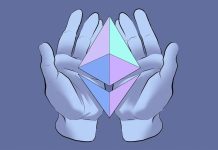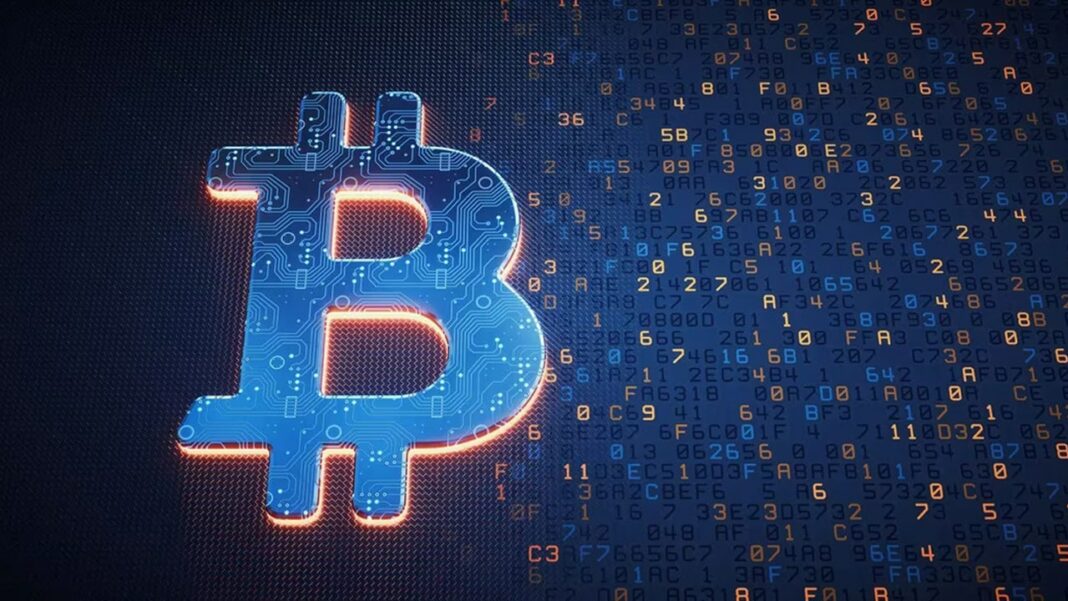The idea of putting tokens on the Bitcoin blockchain isn’t anything new, but previous efforts haven’t exploded in popularity like BRC-20.
On the weekend of May 6, 2023 the Bitcoin blockchain ground to a temporary halt, when the number of unconfirmed transactions hit a record high. Fees were spiking, and leading crypto exchange Binance had to pause withdrawals – twice.
How did that happen?
The BRC-20 protocol.
BRC-20 Explained
BRC-20, or Bitcoin Request for Comment 20, is modeled after the Ethereum protocol called ERC-20 (Ethereum Request for Comment 20) and was introduced in March 2023 by an anonymous developer known as Domo. BRC-20s are basically (with some major caveats like a lack of smart contracts) Bitcoin’s version of ERC-20s.
That said, there haven’t been other “BRC” numbers as Bitcoin changes actually go through a process called BIP, or Bitcoin Improvement Proposals. So there hasn’t been a BRC-1 or BRC-2 and so on.
ERC-20 is an Ethereum token standard that enables developers to create tokens that are compatible with the broader Ethereum network and have built-in smart contracts. These tokens can embody a broad spectrum of transferable assets or rights, such as ownership interests, access rights or even different cryptocurrencies – many cryptocurrencies such as Tether and Shibu Inu coin are ERC-20 tokens under the hood.
Read More: How Do Ethereum Smart Contracts Work?
BRC-20 takes a page out of this book, made possible because of Bitcoin’s November 2021 Taproot upgrade, which enabled ordinal inscriptions, the behind-the-scenes tech plumbing that make BRC-20 tokens work.
Ordinals inscribe a serial number onto a satoshi, the smallest currency unit of bitcoin. This serial number, along with the ordinal’s data, are inserted into a part of the bitcoin transaction called the witness signature field. This data verifies the legitimate ownership of the funds being utilized and ensures they are not double spent.
BRC-20 tokens use ordinals, but not all ordinals are BRC-20 tokens. This is why there are millions of ordinals but just over 14,000 BRC-20 tokens.
BRC-20 tokens employ JSON (JavaScript Object Notation) ordinals inscriptions to initiate token contracts (which are still simplistic as smart contract functionality has yet to be developed), create new tokens and move tokens around.
Currently, the BRC-20 protocol has very limited functionality compared to ERC-20. Right now users are limited to only minting, deploying and transferring tokens.
It’s also important to note some other differences from ERC-20. Unlike ERC-20, BRC-20 is not an approved standard but still in the proposal phase, and unlike ERC-20 tokens, BRC-20 tokens are not easily traded on exchanges at this time.
Why are BRC-20 tokens impacting Bitcoin fees and transactions?
Compared to simple peer-to-peer transactions, creating and transferring BRC-20 tokens is complex and requires more space on the blockchain. A conventional bitcoin transaction might be measured in kilobytes, while an ordinal inscription – on which a BRC-20 token is layered – can be up to 4MB in size.
One of the reasons an ordinal inscription is different from traditional non-fungible tokens (NFTs) on Ethereum or other blockchains is that with ordinals, all the data is stored directly on-chain, so whatever picture or token instructions are added to the inscription is part of the transaction. With traditional NFTs, the token usually just contains a link or data that points to an external service where the art is stored.
All of this escalates competition for block space and potentially leads to higher transaction fees for users seeking faster confirmation times. All the while, the mempool (short for memory + pool), a collective storage space where unconfirmed transactions are stored before they are processed, grows larger and larger. At the peak in early May, some traders were forced to use a method called replace-by-fee, where they bid to replace one version of an unconfirmed transaction with a new version which pays nodes a higher transaction fee.
Binance’s two withdrawal pauses amidst that peak were a result of a mismatch between the transaction fees the exchange usually pays out to facilitate transactions and the transaction fee required to get picked up by the blockchain.
These transaction fees go to the nodes on the blockchain, usually miners, to facilitate the transaction. This is a supply-and-demand issue; as nodes are a fixed resource and demand for their time is fluctuating, fees will rise alongside demand. The nodes are essential for keeping Bitcoin’s blockchain running, and they are incentivized by block rewards and transaction fees to do their work.
Why are BRC-20s controversial?
BRC-20 tokens and ordinals have stirred some controversy for two main reasons: One, for clogging up the network and raising fees. The second objection raised by some is that BRC-20 tokens and ordinals “pollute” the blockchain with data that is not aligned with Satoshi’s mission of a peer-to-peer system of money transfer. For bitcoin maximalists, anything other than this is an inappropriate use of the bitcoin blockchain.
As mentioned earlier, unlike NFTs on Ethereum that store files on an outside server, Bitcoin’s ordinal NFTs contain the entire data file within the witness signature field of Bitcoin transactions, ensuring all information resides on the blockchain.
This means they are more immutable than other NFTs, which enhances the integrity of the asset, but on the other hand it means that they are large. Very large.
Bitcoin Core developer, Luke Dashjr, told CoinDesk that ordinals represent an “attack” on Bitcoin because of this congestion from the large file sizes.
At the same time, others have pointed out that the miners – facing challenges on multiple fronts stemming from the bear market, including high-profile bankruptcies – have been huge beneficiaries of the BRC-20 boom.
“Ordinals = NFTs on Bitcoin. This is good for Bitcoin,” ex-Kraken executive and long time bitcoiner, Dan Held, tweeted.
Meanwhile, for the first time since 2017, some Bitcoin miners are earning more from processing transactions on the blockchain than from mining new BTC, with the shift attributed in part to BRC-20 tokens and ordinals.
Analysts CoinDesk spoke with say that this development could potentially offset the decreasing profitability of Bitcoin mining due to the designed halving of mining rewards.
“What happened with ordinals and NFTs is we crossed this chasm from what was a bearish scenario to a bullish scenario. If I were a miner I would be ecstatic,” MicroStrategy’s Michael Saylor recently said in an interview.
Nic Carter, a noted bitcoiner, had a similar view in an op-ed for CoinDesk, writing that he was “heartened” by the new demand for blockspace that ordinals have unlocked. “Miners need to be paid somehow, and as the miner subsidy further decays, fees will have to compensate for the lost revenue.”
















